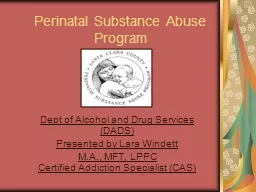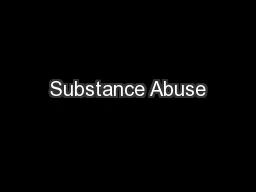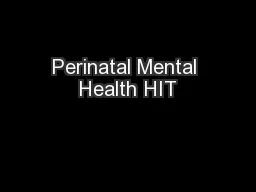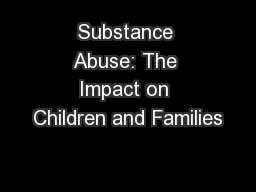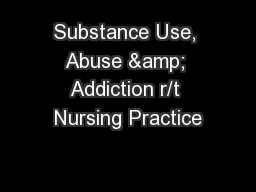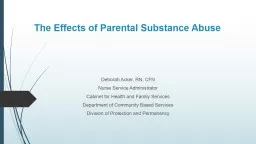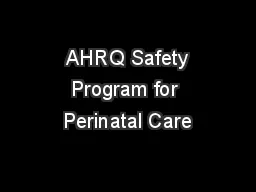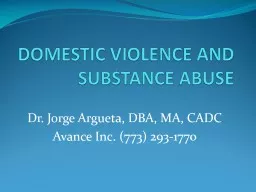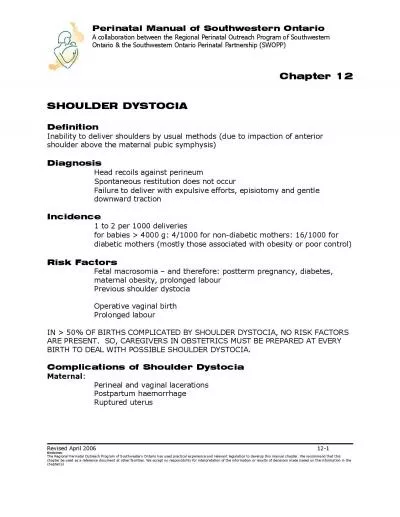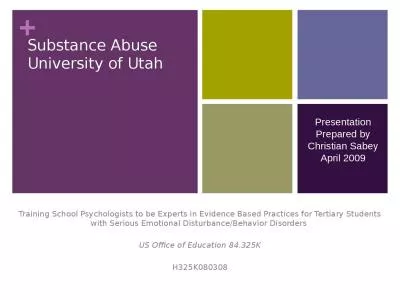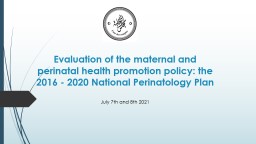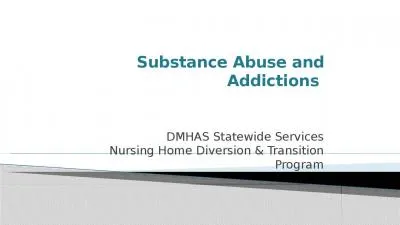PPT-Perinatal Substance Abuse Program
Author : faustina-dinatale | Published Date : 2015-10-12
Dept of Alcohol and Drug Services DADS Presented by Lara Windett MA MFT LPPC Certified Addiction Specialist CAS The Department of Alcohol amp Drug Services exists
Presentation Embed Code
Download Presentation
Download Presentation The PPT/PDF document "Perinatal Substance Abuse Program" is the property of its rightful owner. Permission is granted to download and print the materials on this website for personal, non-commercial use only, and to display it on your personal computer provided you do not modify the materials and that you retain all copyright notices contained in the materials. By downloading content from our website, you accept the terms of this agreement.
Perinatal Substance Abuse Program: Transcript
Download Rules Of Document
"Perinatal Substance Abuse Program"The content belongs to its owner. You may download and print it for personal use, without modification, and keep all copyright notices. By downloading, you agree to these terms.
Related Documents

